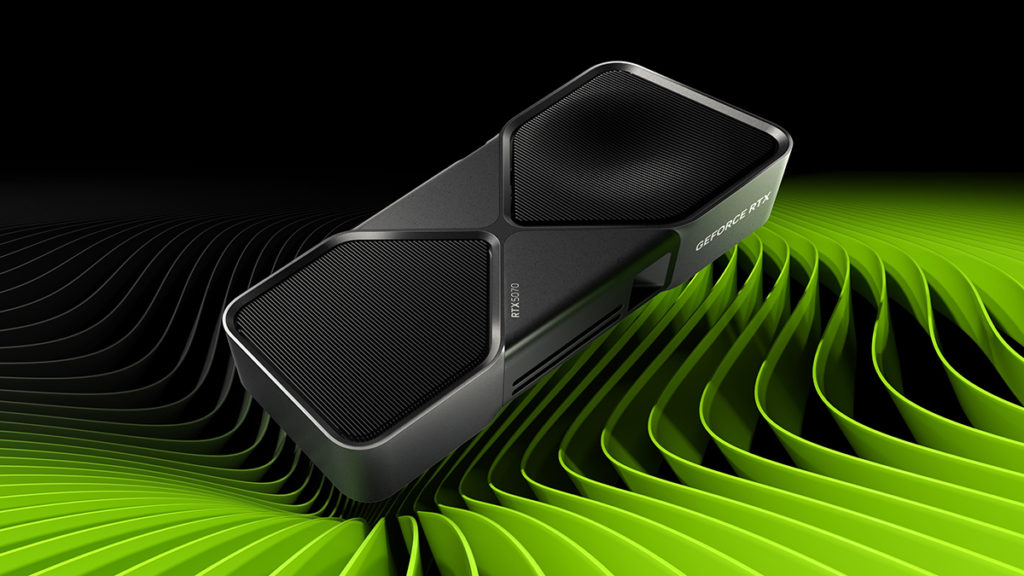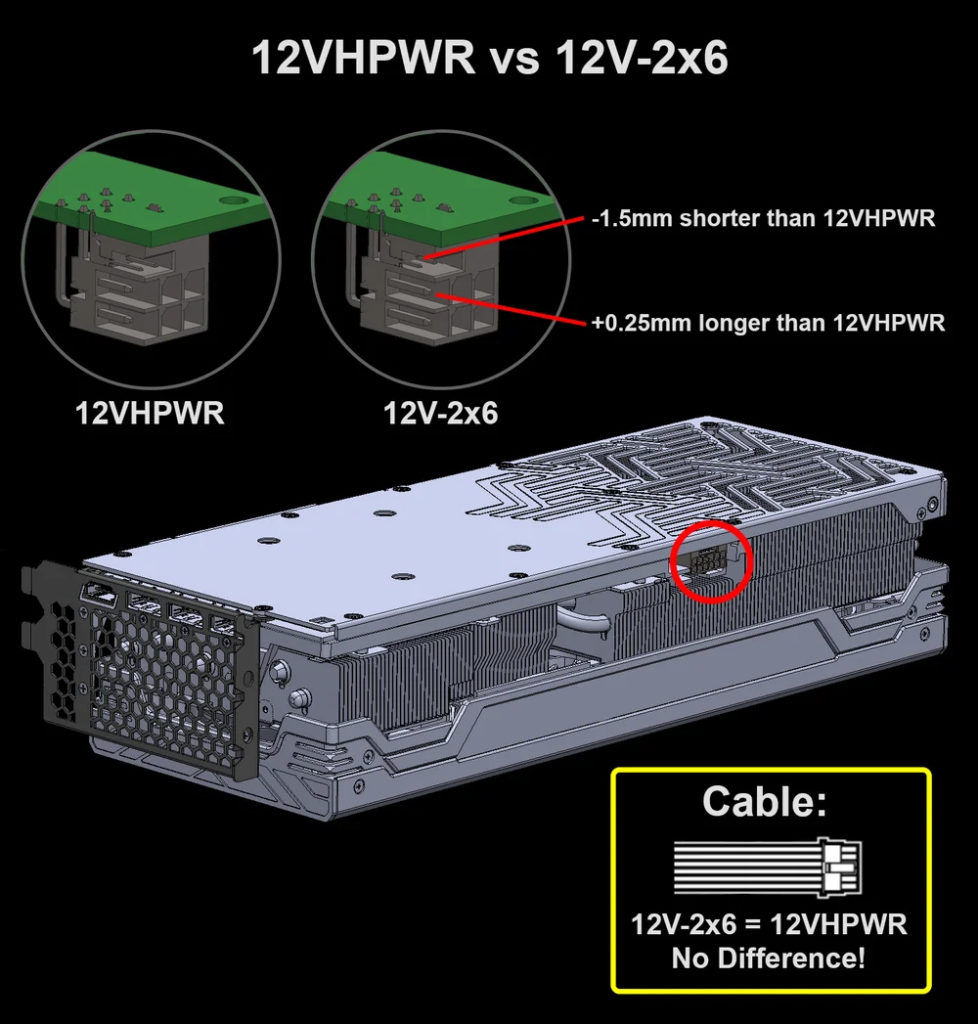The GeForce RTX 5090, a new flagship GPU from NVIDIA that is said to deliver as much as twice the performance of the RTX 4090 courtesy of changes that include the “Blackwell” architecture, 32 GB of GDDR7 memory, and a TGP of 575 watts, is unlikely to run into that terrifying problem where the 16-pin power connector could melt down due to overheating—an issue that some users of high-end GeForce RTX 40 Series graphics cards had apparently encountered and reported since their release years ago, in January 2022—according to new machine-translated statements that an NVIDIA director has shared during the company’s 2025 RTX AI Day event after being queried about the possibility.
“When the RTX 40 series was released, the auxiliary power supply was changed to a new 12+4 pin standard,” a member of the press asked (machine translation). “However, with this new standard, especially in the RTX 4090 product, there was an issue with the connector melting due to overheating. Has this been resolved in the RTX 5090?”
“I don’t expect that to happen with the RTX 50 series,” a director with NVIDIA replied (machine translation). “We made some changes to the connectors to address the issue at the time, and I understand that the issue has not occurred in about two years.”
“We’re now seeing the introduction of a new connector on the GPU and the PSU side of things,” Corsair writes in its article regarding 12VHPWR and 12V-2×6, the latter of which was introduced in 2023 to address the connector that debuted with the GeForce RTX 40 Series. “To be clear, this is not a new cable, it is an updated change to the pins in the socket, which is referred to as 12V-2×6. So what’s new with the 12V-2×6 connection? To put it simply: more reliability.”
“Compared to the original 12VHPWR connector, the new 12V-2×6 connector has shorter sensing pins (1.5mm) while the conductor terminals are 0.25mm longer,” Corsair goes on to explain. “This might not sound like a huge difference, but it matters in ensuring that the power cable has been properly connected to whatever device is going to be pulling power from your system’s power supply.



